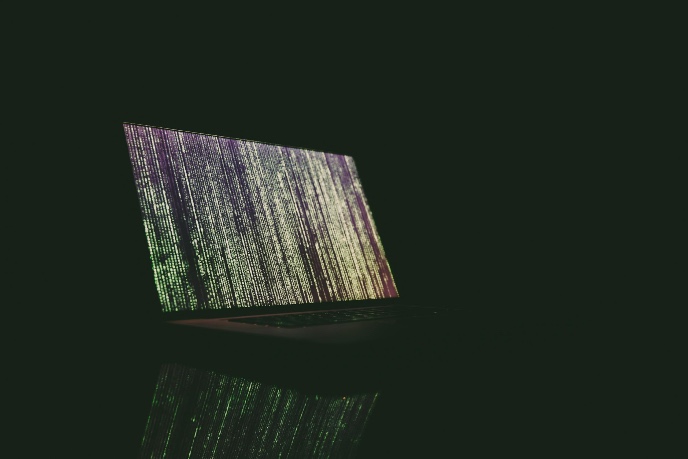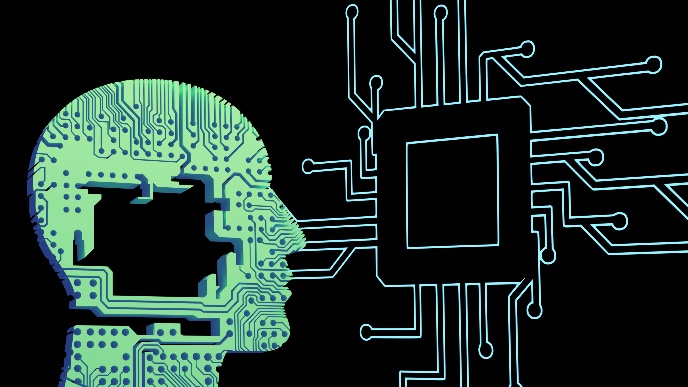AI in Academia - Smart, but Not Very Green
| Date: | 04 April 2025 |
| Author: | Green Office |

AI is making student life easier, but it is also taking a toll on the planet. Every AI-generated response requires energy, adding to carbon emissions and water waste. At the same time, universities are tasked with drawing the line between beneficial AI use and academic dishonesty. The key is not to ditch AI altogether, but to use it more mindfully, and small changes implemented by students can make a big difference!
Artificial Intelligence (AI) is revolutionizing education by making learning more efficient and accessible to all. At the University of Groningen, students increasingly rely on AI-powered tools to improve their academic work. From brainstorming and refining essays to summarizing research papers, AI has become a trusted study companion, but at what cost? The reality is, its impact is greater than we often realize. However, there are simple ways to reduce AI’s environmental impact without giving up on its perks.

From Data Centers to Our Desks: AI’s Environmental and Ethical Dilemmas
Every interaction with AI contributes to global energy consumption. AI models depend on data centers that require substantial amounts of electricity and cooling, thus increasing carbon emissions and water usage. A single ChatGPT query can be equated to pouring a bottle of fresh water onto the ground.
At the same time, AI’s role in academic integrity is under scrutiny. A survey conducted in mid-2024 found that 86% of students worldwide were using AI in their academic work. Universities are now struggling with where to draw the line between AI-assisted learning and academic dishonesty, introducing new policies and detection tools to maintain the scholarly ethics.
Students vs. AI’s Footprint: Some Practical Tips

With AI's growing influence in education, its environmental and ethical impacts demand more critical reflection. AI is here to stay and it has undoubtedly made academic life easier. But before we start treating it like an all-knowing guide, it is worth asking ourselves how we, as students, can navigate this evolving landscape while minimizing its hidden costs.
Give Your Brain a Chance Before Running to AI
AI is great, but is it necessary for everything? Instead of outsourcing every small task, try engaging with the material directly. Manually taking notes or proofreading your own writing not only strengthens your learning but also spares AI from unnecessary work. And sometimes, by the time you have double-checked an AI-generated answer for accuracy, you could have found the original source yourself. The more we rely on AI, the more data centers have to work overtime.
Stop Spamming AI with the Same Question

Rephrasing the same question multiple times due to unsatisfactory answers is common, but each request triggers an energy-intensive computation. Instead of using AI like a magic 8-ball, narrowing down your question might be the way to go. The better your prompt, the better the answer. If you need AI to rephrase something, make small manual edits as an alternative to generating multiple new versions. It’s a win-win scenario: you’ll get faster results, and the planet will thank you.
Not All AI is Created Equal
Some AI tools are more energy-efficient than others, and also tailored for specific needs. Instead of defaulting to the biggest, most resource-hungry models for everything, think about what task you have to perform. A lightweight tool suffices for grammar checks without the carbon cost of a full AI chatbot. Need citations? Opt for AI that pulls directly from sources rather than generating text. If using a word processor, disable AI-generated suggestions when unnecessary. These small adjustments help and do not necessarily compromise productivity.
AI Can Write, But Can It Think?

AI is not actually creating new knowledge, but remixing existing content. If AI-generated art relies on uncredited human creativity, or AI-written papers repackage known ideas, where does originality fit in? AI might excel at pattern recognition but does not possess creativity, abstract thinking or nuanced argumentation.
Keeping that in mind not only helps engaging with AI more critically, but also serves as a reminder that some things are best left to human intelligence.
Conclusion
At the end of the day, using AI more sustainably is not about quitting altogether, it is about beingmindful of how, when and why we use it. AI is a tool, not a replacement for our own thinking, andthe more intentional we are about its use, the smaller its environmental footprint becomes. So, let’sbe smarter than the technology we rely on without making the planet pay the price!
Hello! My name is Maria and I’m a bachelor student enrolled in the LLB International and European Law program. Originally from a small but industrially active town in Romania, I grew up familiar with the issues of environmental pollution and decline in quality of life from a young age. This background sparked my passion for sustainability, especially in areas such as climate advocacy and the environmental impacts of emerging technologies. I find joy in educating both myself and others on green topics in any meaningful way I can come up with!

